On this page, you will find Giganotosaurus coloring pages. After printing them, you can use your color to make them live. The datasheet is also presented in downloadable printable pdf format.
Giganotosaurus is a genus represented by a single species of carcharodontosaurid theropod dinosaur.
Free Giganotosaurus Coloring Pages
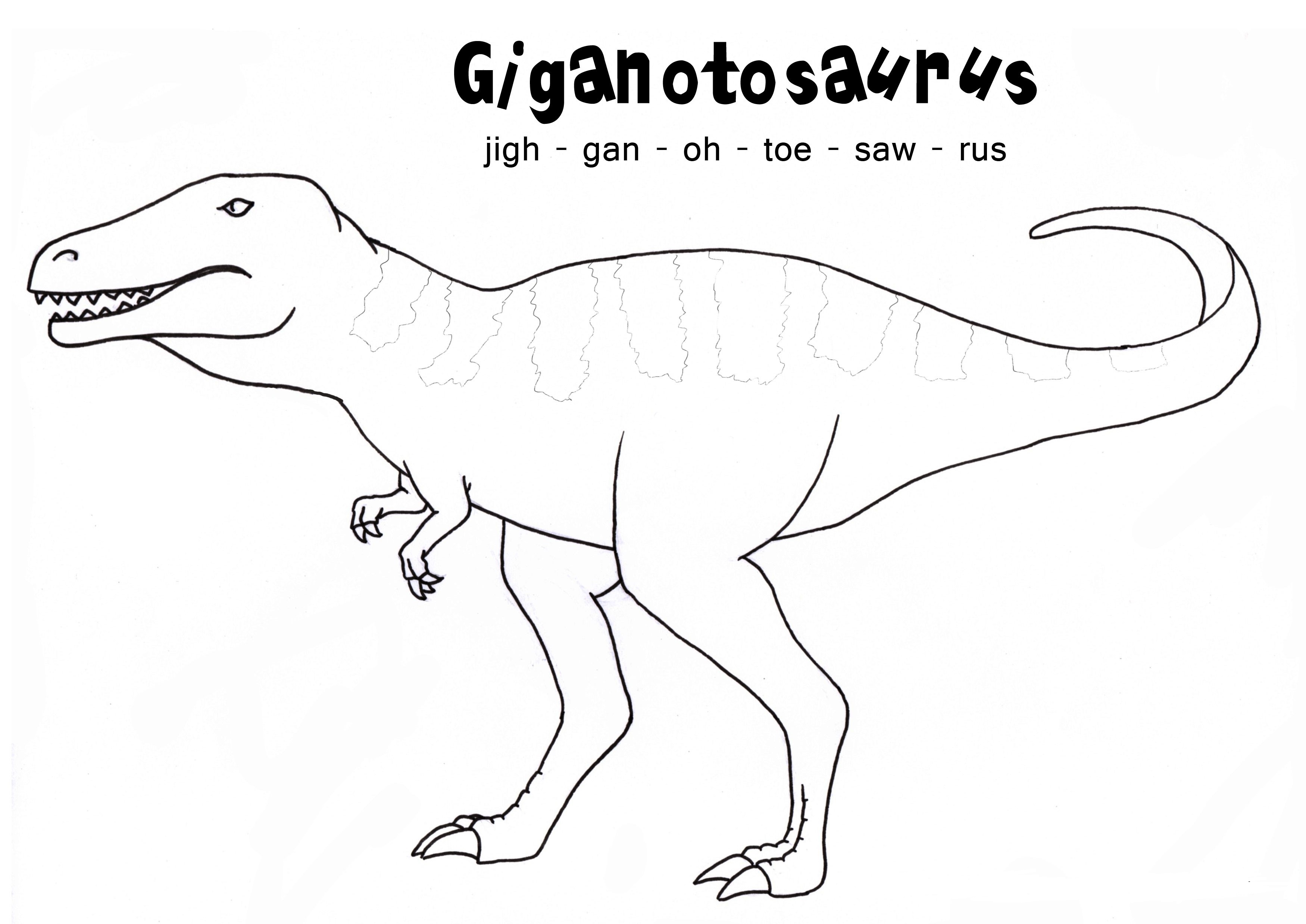
dinosaur coloring pages giganotosaurus 
free printable giganotosaurus coloring pages 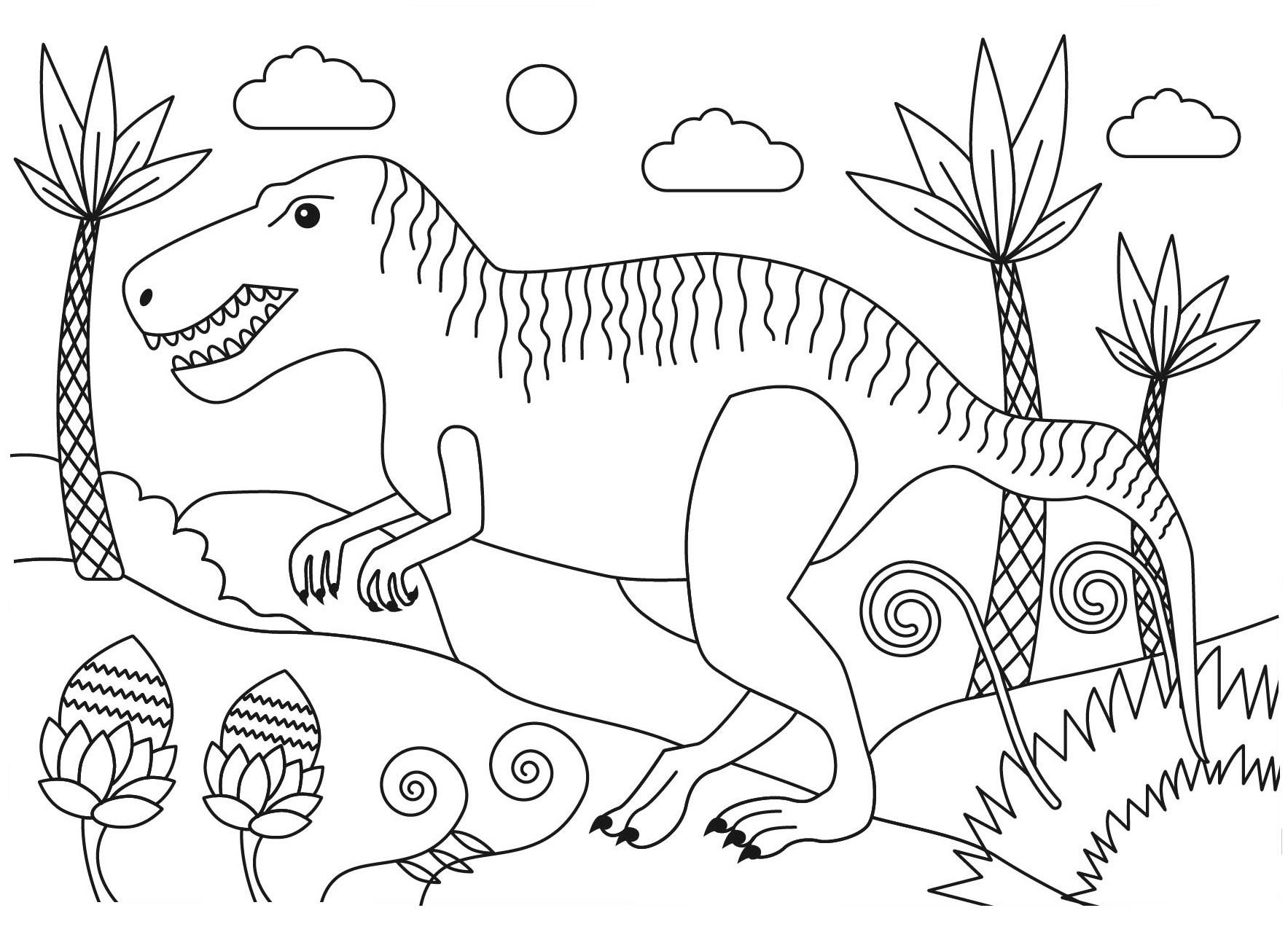
giganotosaurus cartoon coloring pages 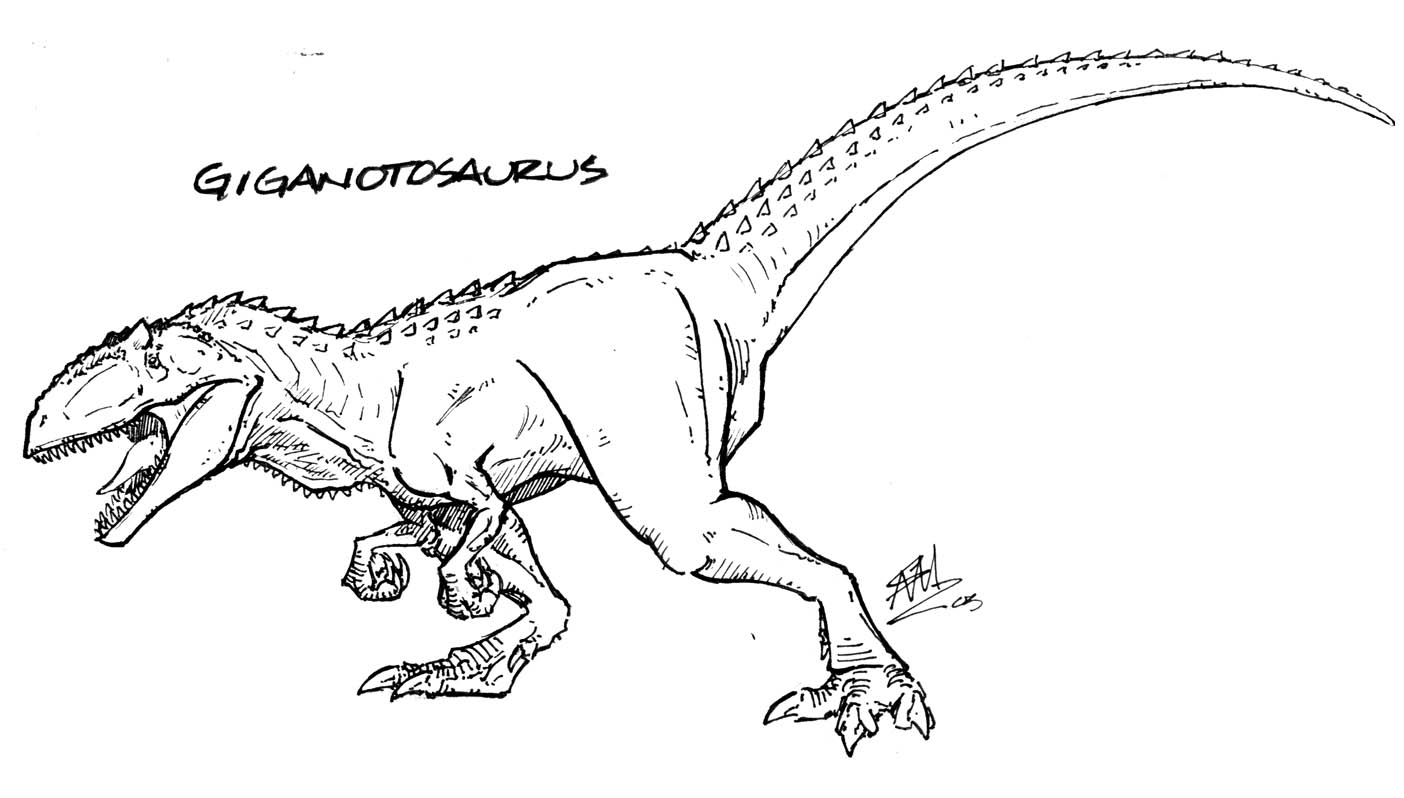
giganotosaurus coloring pages 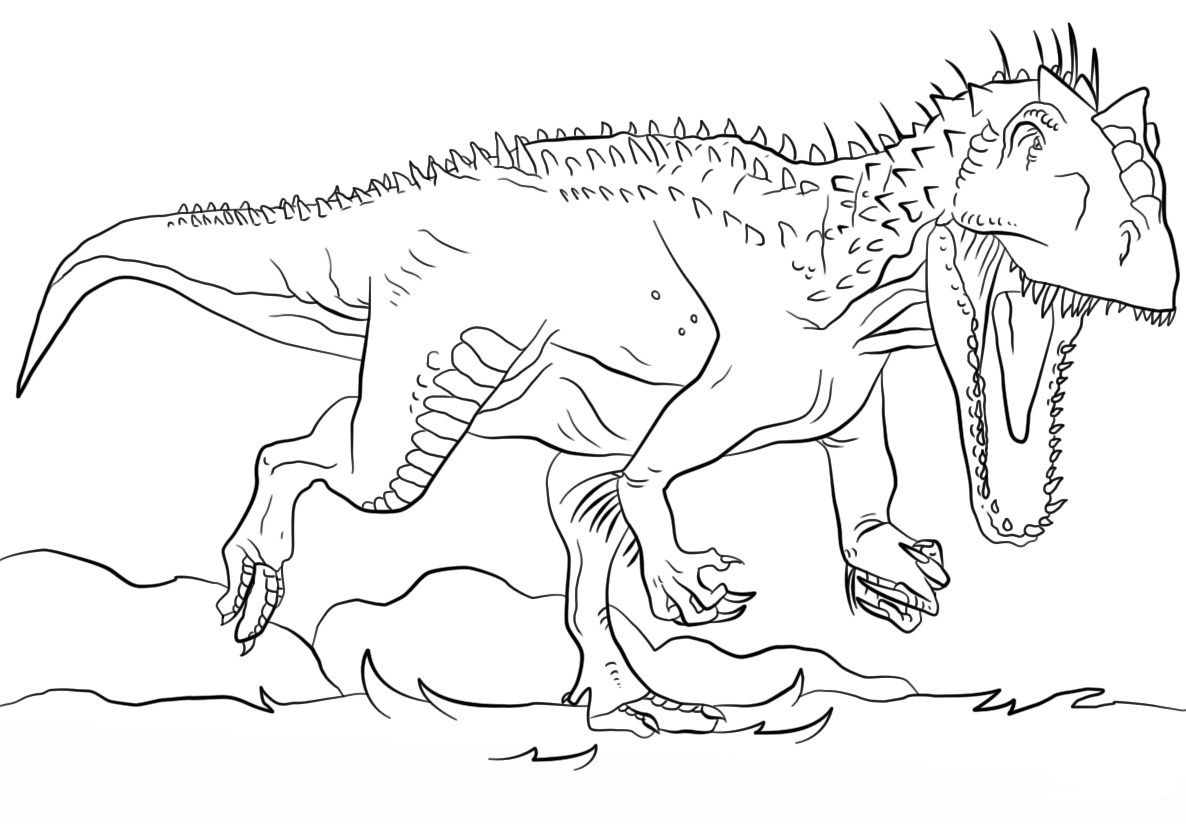
giganotosaurus coloring sheet 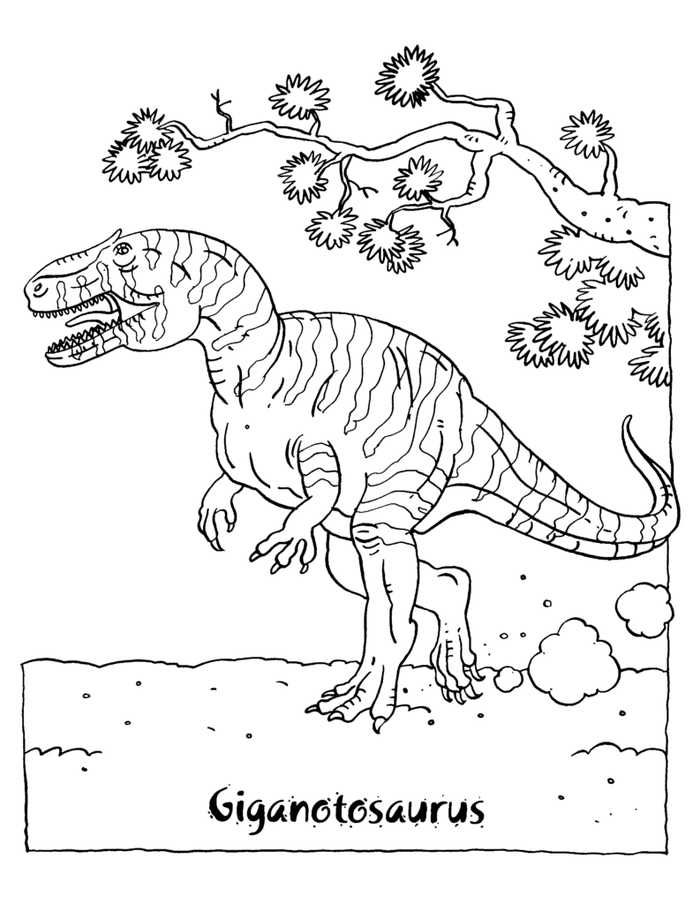
giganotosaurus colouring pages to print 
giganotosaurus colouring sheet 
giganotosaurus printable coloring pages
Giganotosaurus was lived in the mid-Cretaceous period, approximately 96 million years ago, in the Cenomanian, in South America.
The first specimen of Giganotosaurus, considered the species’ holotype, was discovered in 1993 in the province of Neuquén, Argentine Patagonia.
The so-called barren lands of the area belong to the Caneleros Formation of the Limay River Subgroup, formed 96 million years ago in the Cenomanian, in the Upper Cretaceous.
This specimen consists of a 70% complete fossil skeleton and includes the skull, pelvis, leg bones, and part of the spine, and its length is estimated between 12.2 and 12.5 m long, with an estimated weight of 5 tons.
It is preserved in excellent condition and is deposited in the vertebrate paleontology collection of the Ernesto Bachmann Paleontological Museum in Villa El Chocón, Neuquén province.
A second specimen is in the Museum of Geology and Paleontology “Centro Paleontológico Lago Los Barreales” of the Universidad Nacional del Comahue.
It is a dentary with partial teeth, which happens to be 8% larger than the holotype. It was described in 1995 by Rodolfo Coria and Leonardo Salgado in the journal Nature.
This larger specimen of Giganotosaurus has been estimated to be 13.2 m long and to weigh 6.2 tons. Teeth have also been found at the paleontological site of La Buitrera, which have been attributed to Giganotosaurus.
Giganotosaurus was a bipedal predator, with an estimated length of 12.2 to 13 meters and 6.5 to 13.8 tons. A giant skull supported by a powerful neck; short upper limbs in proportion to its size.
It provided three toes ending in curved and sharp claws; powerful lower limbs; and a long tail that served as a counterweight and balance.
In the hind legs of the Giganotosaurus, the femur is longer than the tibia, so its legs provide it with great support but not great speed.
The teeth of this dinosaur, which is practically proven to be a scavenger, were 15 centimeters long and curved like a dagger. Its teeth were like large blades and were well adapted to cut meat.
The fragility of the teeth found and analyzed by paleontologists reinforces the theory that it was not a hunter but ate dead animals, especially the giant sauropods, a genus that generally outnumbered carnivores in size.
It had a short, muscular neck, so it could tear at anything it bit with a single movement. The mouth of the Giganototo can accommodate an adult in the fetal position without significant problems.
Giganotosaurus is closely related to Tyrannotitan, Mapusaurus, and Carcharodontosaurus, all members of the family Carcharodontosauridae.
Giganotosaurus and Mapusaurus were placed in a subfamily called Giganotosaurinae by Coria and Currie in 2006, so as discoveries are made, they should be expanded.